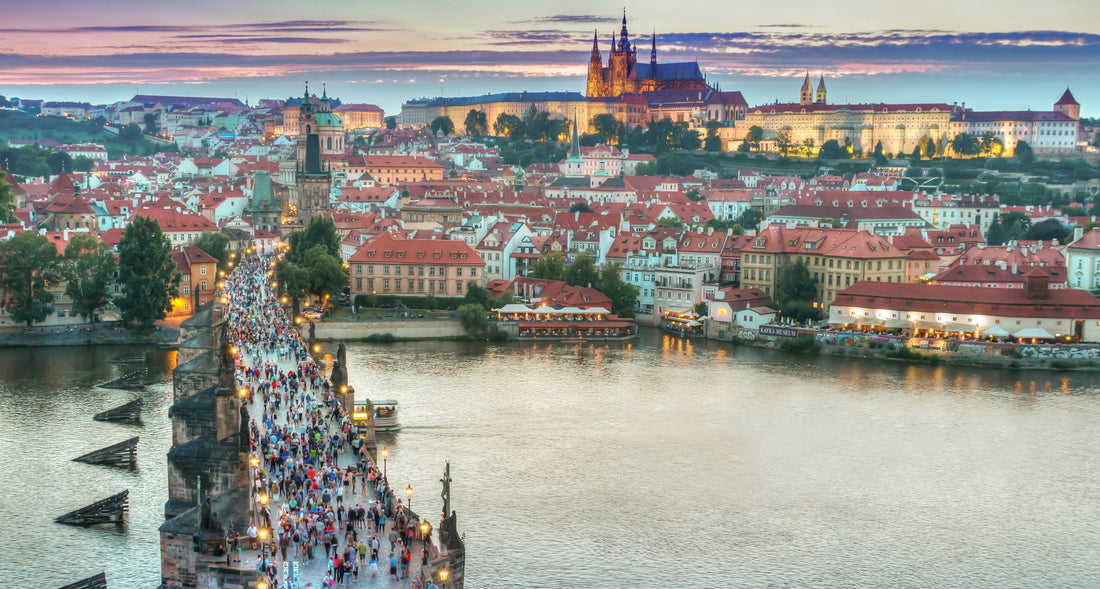
Exploring the Architectural Wonders of Prague
Share
Prague, the alluring capital of the Czech Republic, is a city where history and artistry converge in breathtaking ways. Its architectural landscape is a tapestry woven from various styles that reflect the city’s rich past, making it a paradise for architecture enthusiasts and casual visitors alike.
Gothic Grandeur
One of the most iconic styles in Prague is Gothic architecture, epitomized by the magnificent St. Vitus Cathedral. With its soaring spires and intricate facades, this cathedral serves as a symbol of the city’s medieval glory. The blend of light and shadow within its stained glass windows creates an atmosphere of divine beauty that captivates all who enter.

Baroque Brilliance
Transitioning from the medieval to the opulent, Baroque architecture dominates much of Prague’s skyline. The magnificent palaces and churches, such as the Church of St. Nicholas in the Lesser Town, showcase lavish decorations, grand staircases, and dramatic use of light. The Baroque style is characterized by its emotional intensity and elaborate details, inviting onlookers to experience the splendor of the era.

Renaissance Revival
The Renaissance period also left a significant mark on Prague, visible in structures like the Vltava River’s iconic National Theatre. Its harmonious proportions and classical motifs illustrate the revival of ancient Roman and Greek ideals. The blend of utility and beauty in these designs reflects a pivotal shift towards humanism in architecture.
Art Nouveau Elegance
As the city moved into the late 19th and early 20th centuries, Art Nouveau emerged as a key style, characterized by organic forms and intricate decorations. The Municipal House, with its stunning mosaics and elegant curves, is a prime example. This style, often associated with the modernist movement, emphasizes the beauty of natural shapes and a harmonious relationship with the environment.

Modernist Influence
In contrast to the ornate styles of the past, modernist architecture in Prague, exemplified by buildings like the Villa Müller, embraces minimalism and functionalism. Architects like Adolf Loos championed simplicity and the idea that form should follow function, paving the way for a new architectural philosophy that challenged traditional aesthetics.
Conclusion
Prague’s architectural styles reflect its dynamic history and cultural evolution, creating a vibrant cityscape that continues to inspire. From the grandeur of Gothic cathedrals to the elegance of Art Nouveau and the starkness of modernism, each style tells a story. A stroll through Prague is not just a journey through space, but also a journey through time, where every corner reveals a new facet of the city’s architectural heritage. Whether you’re an architecture aficionado or a curious traveler, Prague promises a visual feast that captures the essence of its storied past.

1 comment
Nice article – I took a walking tour during my trip to Prague and our tour guide mentioned some of these architecture styles. Reading this reminds me of my trip!!